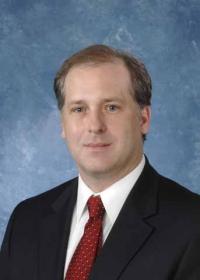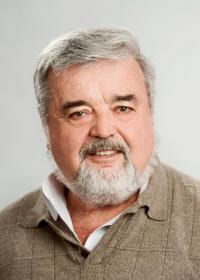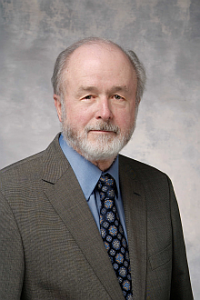Archive for October 2014
The CASL Energy Innovation Hub Development of the Virtual Environment for Reactor Applications
SPEAKER: JESS C. GEHIN, PH.D. REACTOR TECHNOLOGY R&D INTEGRATION LEAD REACTOR AND NUCLEAR SYSTEMS DIVISION, ORNL DATE/TIME: MON, 10/27/2014 – 4:00PM TO 5:00PM LOCATION: 3105 ETCHEVERRY HALL Fall 2014 Colloquium Series Abstract: The Consortium for Advanced Simulation of Light Water Reactors (CASL) is the first Energy Innovation Hub created by the US Department of Energy in 2010. Its…
Read MorePassivity; the Enabler of Our Reactive Metals-Based Civilization
SPEAKER: DIGBY D. MACDONALD, PH.D. DEPARTMENTS OF NUCLEAR ENGINEERING AND MATERIALS SCIENCE AND ENGINEERING UNIVERSITY OF CALIFORNIA, BERKELEY DATE/TIME: MON, 10/20/2014 – 4:00PM TO 5:00PM LOCATION: 3105 ETCHEVERRY HALL Fall 2014 Colloquium Series Abstract: For more than forty years, the conditions for the existence of the passive state, and hence for the existence of our metals-based civilization, which…
Read MoreGlobal Problems and Global Solutions
SPEAKER: DR. JOHN GILLELAND CEO OF TERRAPOWER, LLC. DATE/TIME: MON, 10/13/2014 – 4:00PM TO 5:00PM LOCATION: 3105 ETCHEVERRY HALL Fall 2014 Colloquium Series Abstract: John will talk about the conditions needed for starting and then controlling international development programs. Examples are the traveling wave reactor development program, Archimedes Filter development, ITER, and the US-Japan Collaboration on DIII/DIIID. Similarities…
Read MoreAN INSIDER VIEW ON SCIENTIFIC PUBLISHING
SPEAKER: DR. BAPTISTE GAULT JOURNAL PUBLISHER, MATERIALS SCIENCE, ELSEVIER LTD. DATE/TIME: MON, 10/06/2014 – 4:00PM TO 5:00PM LOCATION: 3105 ETCHEVERRY HALL Fall 2014 Colloquium Series Abstract: Elsevier is the world-leading scientific publishing company, with almost 25% market share across most fields within science, technology and medicine. Although researchers interact with the publishing industry on a daily basis, when…
Read More


